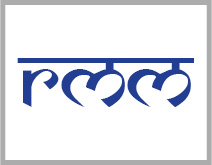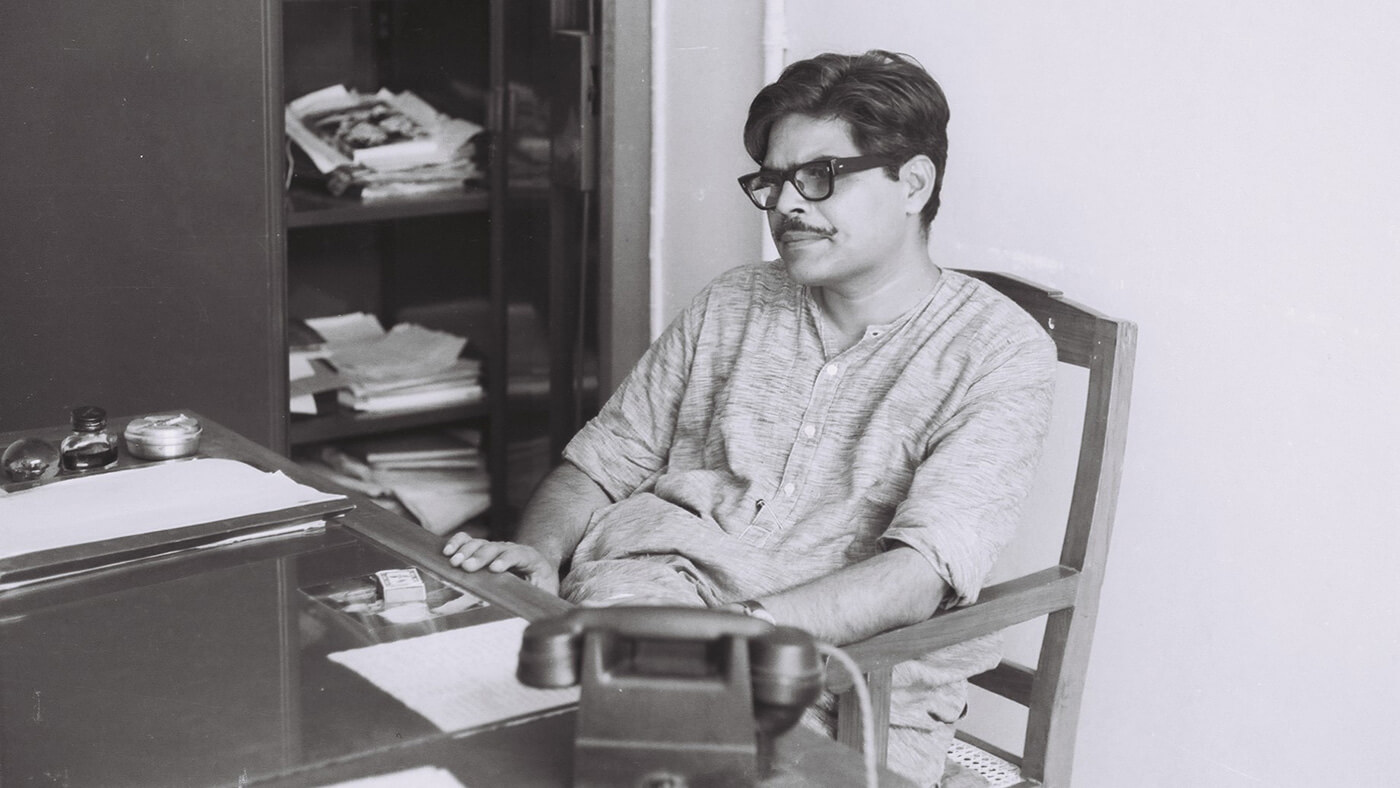If someone can truly be called the guru of ‘film appreciation’ in India, it definitely is Satish Bahadur. He was not just the first academician to become a professor of film appreciation at FTII, Pune, in 1962, but he was a life-long promoter of the academic study of film and its appreciation as a serious subject, when star-gazing of celebrity film stars was the norm of the day. With the one-month long rigorous course at FTII, along with the National Film Archive from 1967 till his death in 2010, he nurtured academicians and film buffs across the country, making them connoisseurs of good cinema.
‘‘Nothing in the film is accidental. Everything that you experience is ‘put there’ by the makers of the film,” were his oft-repeated words, recalls one of his students, Arun Khopikar. Recounting his days in the classroom presided over by Bahadur, Arun wrote, “Bahadur Sa’ab made us understand how a film is ‘made’. To concentrate on that, we needed to be denied the pleasure of sitting and staring — hypnotised at the screen. Like a mother who applies bitter medicine to her breasts for weaning, Bahadur Sa’ab used cruel methods to shake us up from the somnambulist state of a film spectator. Sometimes, he would tell you the story of a film before he showed it, ruthlessly killing the pleasures of anticipation and surprise. At other times, he would project the film in half-lights and comment with his pointer at its compositional highlights. Occasionally, the film would be projected without sound and sometimes only the sound-track was kept on for to you to analyse it.”
Prof. Bahadur defined film appreciation as film criticism: “A filmmaker makes a film. A spectator receives the film. These are two segments of the communications process. The critic is also a spectator, but of a special kind. What a critic does has a special significance for the lay spectator and for the filmmaker, as also for the development of the art of the film.”
Bahadur began his career as a lecturer in economics at DAV College, Kanpur, and then shifted to St. John’s College, Agra, where he founded the first university film club in India. The Agra Film Club was one of the early film clubs of India and Bahadur was its secretary. As an academician, he encouraged discussions on a film after every screening and this led to further discussions on the film from various angles. This caught the attention of Marie Seton, the British film expert, evangelising film appreciation in the late 1950s in India.
When FTII began its operations, in 1961, Bahadur was persuaded by Marie Seton to join there as a professor of film appreciation, and he remained there until he retired in 1983. His close associates in the field were Vijaya Mulay and PK Nair, who became the curator of the Film Archive. “Prof Bahadur remains the initiator of serious film appreciation in the country,” said Adoor Gopalakrishnan, his student from the second batch of FTII.(54)
“Satish was not only the lifeblood of film appreciation, he greatly contributed to the development of filmmakers like Adoor who led the new cinema movement,” says Anil Srivastava, who worked with the professor to bring out the first journal of FFSI, IFCON.(55)
It was under him that the one-month long film appreciation summer residencies were conducted at the FTII, along with the Film Archive. From 1967 onwards, the summer residency had been an annual feature at Pune, attracting film buffs from all shades of the academic fraternity and the Film Society Movement.
“I have shaped myself through my conscious decision of using the classroom as a space for live interaction with young minds. My entire being as teacher depends on the obvious fact that I am face to face with live, young persons who are hoping to learn from what I do in the classroom. This unrelenting practice over the years has built in my system a natural respect for young students who are willing to learn. Such teaching-learning interaction in the classroom builds up confidence in a student, so that he can go beyond the mere understanding of the subject and discover his own path to learn more and more,” Bahadur wrote about his pedagogy.
Over the years,the one-month residency had spread to other centres on a yearly basis. Many of the institutions and film societies have been hosting film appreciation courses of a shorter duration in various cities of India.Comparing films and literature, Bahadur insisted that there is no film culture without film criticism, just as there is no literature without literary criticism. He noted in his Notes on Film Criticism, “Literary Culture is not merely Literature. It is Literature plus Literary Criticism. It is Criticism which completes the communication process and makes Literature a social entity. Likewise, Film Culture is not merely films. It is Films plus Film Criticism.”(56)
The Moradabad-born professor wrote extensively on the aesthetics of cinema, but he is best known for his analysis of Satyajit Ray’s films. His last writing was the textual analysis of the Apu Trilogy. He wrote about,and taught Ray’s early films with such critical consistency,that even Ray was quoted as wondering how critics find meanings in films which sometimes even the filmmakers have never thought of!
Though he taught for about four decades, he did not bother to write a book and his writings remain scattered. Shyamala Vanarse, his long-time associate, remarked: “He loved to lecture and discuss films, but he was almost averse to writing. The only book he saw through was posthumously published, A Textual Analysis of Apu Trilogy. He wrote his lectures for AIR and wrote papers for seminars, but never really bothered about getting them into print… and his hands were full with lecture tours, courses, and routine teaching at the institute. Many people had urged him, but he would just freely pass on his notes.” (57)
Satish Bahadur continued serious academic work on films which Marie Seton and Chidananda Das Gupta initiated. He became the first Indian professor of film studies, making a lasting impression not just on his students, but on film buffs across India. The annual film appreciation workshop of FTII became a cornerstone of film studies for the movement. (58)




